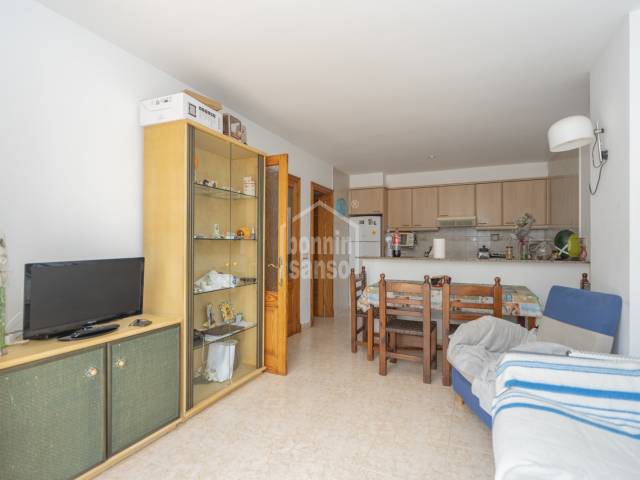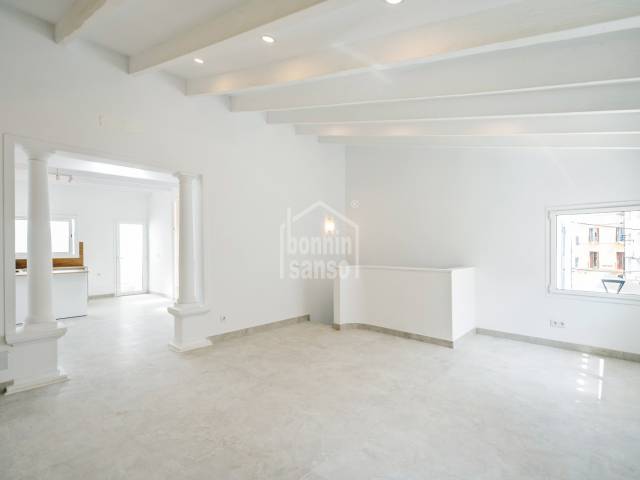Ref. 92227
Immobilien nicht im Web verfügbar
Einige Vorschläge:
In einer der ruhigsten und begehrtesten Gegenden der Küste gelegen, vereint diese charmante Immobilie Komfort, Funktionalität und mediterranen Stil auf perfekte Weise.
Das Haus verfügt über zwei...







This bright apartment for sale stands out for its practical layout and well-utilised spaces. It is being sold with some of the furniture included, offering a convenient solution for both living and...





This stunning first-floor home has been completely renovated while preserving many of its original features. Situated on a charming pedestrian street in the heart of Mahón, it offers the perfect...









